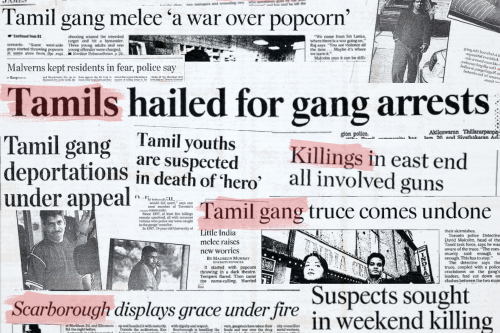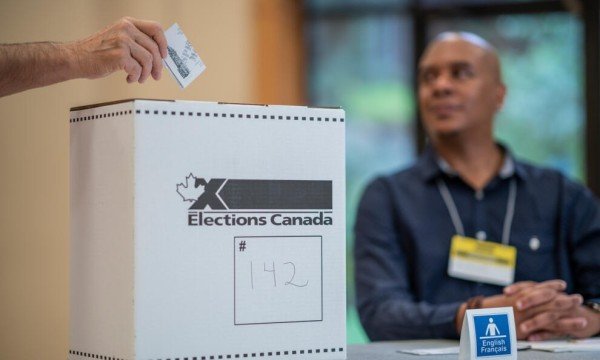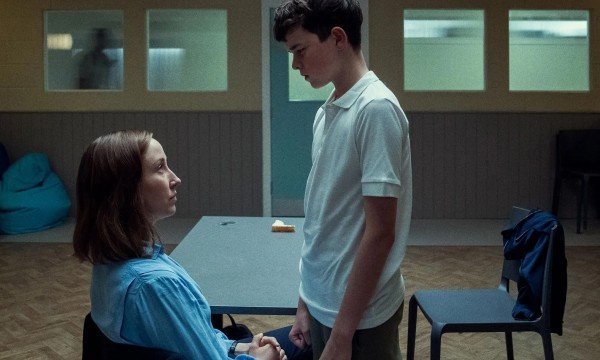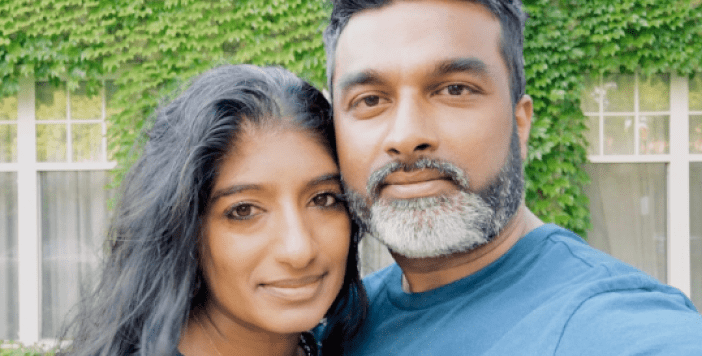
The way that news is presented to us has changed a lot from the 1990s. If you grew up in Scarborough in the early 2000s, you are probably familiar with the stereotypes that followed Tamils around the streets. Coming to Canada from Norway in the early 2000s, I didn’t know anything about these stereotypes until I reached high school, and felt the stereotypes myself. It was more surprising to hear of the fear people had of Scarborough, and the negativity that surrounded the Tamil community.
A few years back, my random curiosity led me to a Toronto Star archive. As someone who reads the news daily, I was a little taken aback by how differently crime was reported in the 90s than it is today, and just how negative the depiction of both Tamils and of Scarborough were at the time. While you can argue that the news stories are factually true, the way they were written undoubtedly contributed to sensationalism and negative stereotypes that could, and should, have been avoided. This is not an excuse for crime, but a look at how news coverage of crime contributed to this negativity.
Including “Tamil” in everything
The first theme that emerges in these articles is just how frequently the word “Tamil” accompanies stories of crime and violence. It may not seem like a big deal; what’s wrong with calling Tamil gangs by what they are? The issue is that it ties violence by Tamil gangs directly to the larger community, and ties the violence committed by Tamils to their Tamil ethnicity. Some examples of headlines and stories (quoted directly from several articles) include:
“This has the earmarks of having Sri Lankans involved. Whether it’s Tamil gangs, we’re not sure at this time”
“Police were given more help [...] when trying to solve crimes in the Tamil community”
“Tamil youths are suspected in death of hero”
“Carrying the baggage of police distrust from Sri Lanka”
“Support for the LTTE is riding a wave of new militancy among young Tamils and second-generation Tamil Canadians”
“Several gangs are known to operate in the area, including Tamil feeder gangs, who claim alliances to bigger, rival Tamil gangs”
“Tamil feeder gangs are also a menace”
The issue is not whether these titles and interviews pointing to Tamils are accurate; it’s about how this information is presented in the news, how genuinely relevant ethnicity is to include, and how it shapes perceptions of the Tamil community. In the final two quotes above, I would argue that when discussing feeder gangs and bigger gangs, the ethnicity of gang members has little relevance to what actually happened (a fight and car chase). The same is true for the first example; gang membership and gang violence are not inherently tied to ethnicity. Removing references to Tamil ethnicity does not take anything away from our ability to understand the story. The second quote above presents Tamil gang crime as a problem in the Tamil community, rather than recognizing that it is primarily a challenge related to the gangs themselves and the contextual factors contributing to these challenges. Tying gang violence to the communities that they came from, while potentially relevant, often fall short in explaining why gang violence was such a problem in the 90s and early 2000s. These narratives also fail to explore the problems facing community members or gang members alike. Instead of shedding light on the underlying issues, these headlines merely implied a connection between Tamil identity and gang membership, leaving readers to draw their own conclusions. In the rare cases the articles were gracious enough to discuss poverty and socioeconomic circumstances, they are often muted by the stereotypical headlines.
In today’s news, these stories would normally be titled with references to “gang violence” and “youth” rather than mention of where gang members originate. Including the mention of Tamils alongside every description of gang violence would undoubtedly have contributed to the perpetuation of negative perceptions, and pushed the idea that gang conflicts were an issue within the Tamil community rather than in the neighbourhoods and socioeconomic conditions in which Tamil youths lived.
Sensationalism
The second issue that is clear in these articles is the sensational headlines that accompany a lot of crime stories. Aside from the obvious click-bait titles, the generalisations of the Tamil community and of Scarborough are hard to miss. The quotes below are all directly from newspapers, in response to incidents of violence in Scarborough in the 90s and early 2000s.
“I have no idea what Scarborough should do to fix its problems”
“Everyone’s got an opinion on the problems Scarborough faces”
“Scarborough and crime are intertwined because it has been home to some high-profile cases over the past 30 years.
“Scarborough displays grace under fire”
“Last night had all the ingredients of an orgy of fear and panic as more than 500 residents gathered at Woburn Collegiate Institute in mid-Scarborough”
“AK Kannan’s turf is Scarborough”
The sensationalism is obvious. Scarborough’s 30 or so separate neighbourhoods are not “intertwined” with violence, nor are they in any way an identical monolith. Those of us who grew up in Scarborough in the 90s and early 2000s are very familiar with the issue that used to (and still sometimes does) plague news reporting in Scarborough: when crime occurs anywhere in Scarborough, whether it’s Vic Park and Danforth or Morningside and Finch, it is often simply reported as taking place in “Scarborough.” In other parts of the city, however, crime scenes are usually described by the nearest intersection, giving the reader some specificity and avoiding the labeling of an entire district as crime-ridden. The quotes above make a very strong case for avoiding Scarborough altogether, and mark all of Scarborough as a place that is barely surviving an onslaught of violence and chaos.
If we want to debate whether these characterisations of Tamil people and of Scarborough actually matter, we don’t have to look far for evidence. Many young people from Scarborough have experienced the curious questions and judgmental looks they receive when disclosing their hometown to others. I’ve been asked more than enough times if I’ve been shot at, or if Scarborough is safe. Being of the generation that only saw the last remnants of the more serious gang issues, I have rarely felt personally judged for being Tamil; however, conversations I’ve had with older people have uncovered many stories of judgment and stereotyping. Interviews included in some of the articles I’ve quoted above include titles like “Tamils frustrated by image of violence,” “generalisations about the [Tamil] community”, and “young Tamils work to boost community image”. It is undeniable that the representation of Tamils in the media harmed the reputation of the community, and of the neighbourhoods in which Tamils lived and continue to live.
This needs to be said again: this is not an attempt to excuse crime or pretend like gang violence involving Tamils was not a serious issue in Scarborough. Crimes were committed and people were killed. As a Tamil, walking around Scarborough’s streets today evokes a distinctly different feeling compared to my childhood, and by all accounts, the situation was considerably worse in the 1990s. But the way in which these stories were tied to the Tamil or Scarborough community, rather than to the long list of neglected neighbourhoods, poverty, lack of opportunity and cultural dimensions that create gang violence and crime, had severe consequences. Ethnicity doesn’t breed crime. The way stories are told and the words that are used hold immense power over how we see people and places around us. It’s important to recognise the impact that reporting can have in shaping the collective narrative of a community, or an entire city.
-Image by: Sobica Vinayagamoorthy (IG: sobica.v)
What is my Identity? It's a question that we all seek to answer in our own ways throughout our lives. Each episode of Identity spotlights a different creative, some from the Tamil community and some from outside it, who will be chatting about how we take ownership of our narratives, art, politics and of course who we are. Catch these episodes of 'Identity'!


























